The Pennsylvania Historic Preservation Board is a little known, but incredibly talented, group of professionals from across the commonwealth.
Continue reading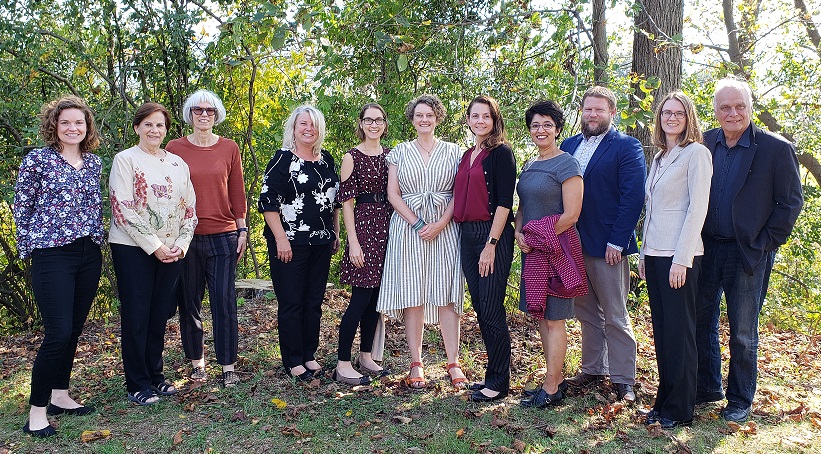
Blog of the Pennsylvania State Historic Preservation Office

The Pennsylvania Historic Preservation Board is a little known, but incredibly talented, group of professionals from across the commonwealth.
Continue readingWhen travelling between Schuylkill and Lebanon County, some may prefer to skip Interstate 81 and take the more scenic route past Swatara State Park. The park is relatively recent in its formation, created in 1987, and DCNR continues to make infrastructure improvements to provide access to recreational opportunities within the park including biking, hiking, boating, and fishing.
Continue reading
A few of my PA SHPO colleagues and I traveled to Washington, D.C. in March to join State Historic Preservation Offices and other preservationists from around the country at National Historic Preservation Advocacy Week.
Continue readingOne of the many roles for all State Historic Preservation Offices (SHPOs), including Pennsylvania’s, outlined in the National Historic Preservation Act (NHPA) is to advise, assist, and consult on the review of federally assisted projects that have the potential to affect historic properties. This is known as the Section 106 Review Process. Continue reading
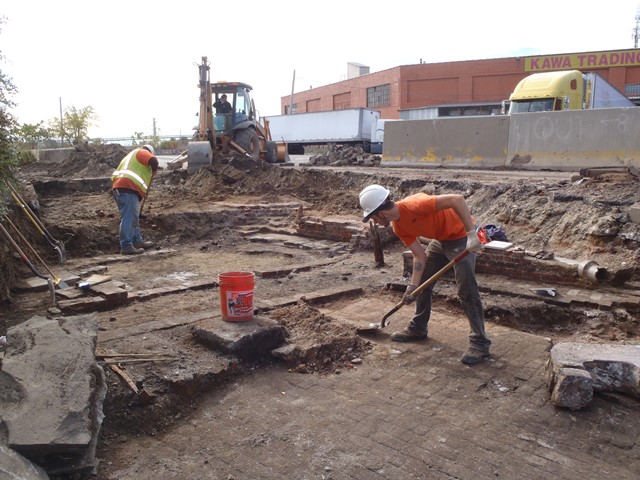
Yep, you’re reading that right: the Pennsylvania Department of Transportation (PennDOT) does archaeology! Continue reading
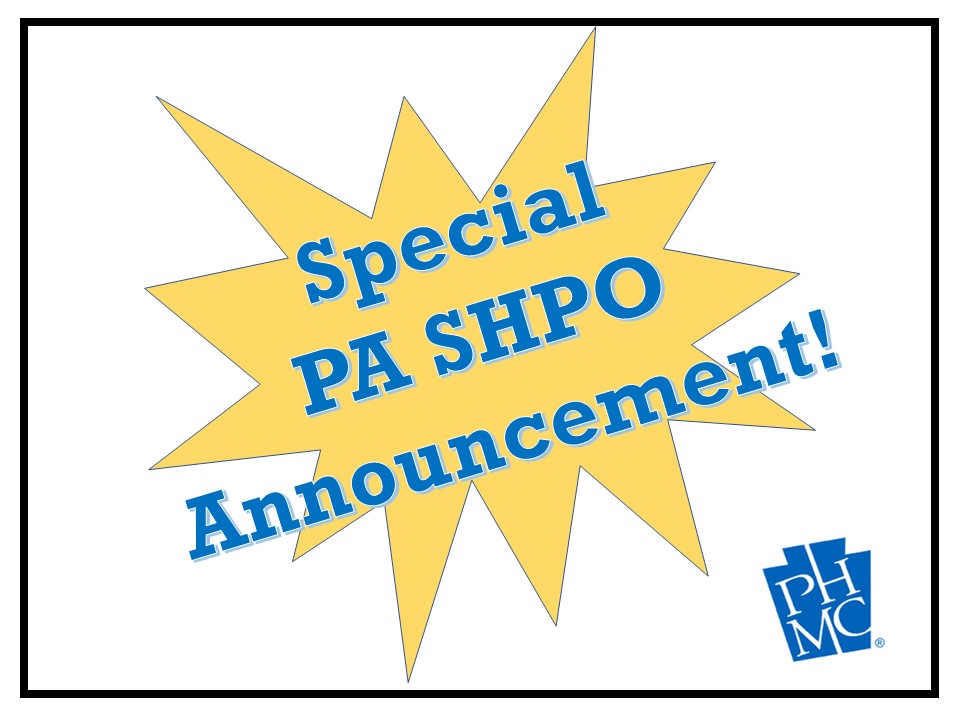
Here is what we first announced in our April 4, 2018 blog:
Electronic, aka online, data entry is one of the ways in which we are changing how we do business in order to prepare for PA-SHARE, our new enterprise-wide, spatially enabled, cultural resource information system that is expected to be live by December 2019.
As part of our efforts to “model the work” in advance of PA-SHARE, effective July 2, 2018, submitters will be required to electronically enter resources into CRGIS for all Above Ground Environmental Review submissions that have the potential to affect ten (10) or more newly identified historic resources. A few things to note with this:
Also, the Interim Guidelines for Above Ground Environmental Review are now published and available for you to use!
As we move toward PA-SHARE, these interim guidelines are intended to supplement Chapter 6. Compliance Investigations and Chapter 7. Report Standards of the Guidelines for Architectural Investigations in Pennsylvania, 2014. They should also be used in conjunction with any other relevant guidelines, including but not limited to Survey Guidelines for Pipeline Projects Above Ground Resources, June 2013 and Guidelines for Projects with Potential Visual Effects, September 2014.
The interim guidelines focus specifically on Project Initiation, Identification, and Evaluation efforts and associated reporting procedures, including a sample Identification report for review. In addition as part of these efforts, the Project Review Form has been updated so please replace those outdated versions!
The Pennsylvania State Historic Preservation Office (PA SHPO) is happy to announce the opening of a new Preservation Services ITQ contract for future consulting opportunities with the PA SHPO. We are inviting consultants to pre-qualify and be notified of upcoming bids for the exciting work we do.
Continue readingAt the beginning of May, I promised we’d provide a recap of the #31for31 social media campaign to celebrate Preservation Month across Pennsylvania. If you missed a post on our Facebook page or in our Twitter feed, no worries! You can see it, and the rest of the month’s content, right here. Don’t miss the big announcement covered in the May 31st post! Continue reading

Picture yourself – lounging poolside, lakeside, or on the beach – with your tablet or smart phone (or even good old-fashioned paper) enjoying the hottest summer publication that hasn’t yet made the New York Times bestseller list: #preservationhappenshere, Pennsylvania’s next statewide historic preservation plan. Continue reading
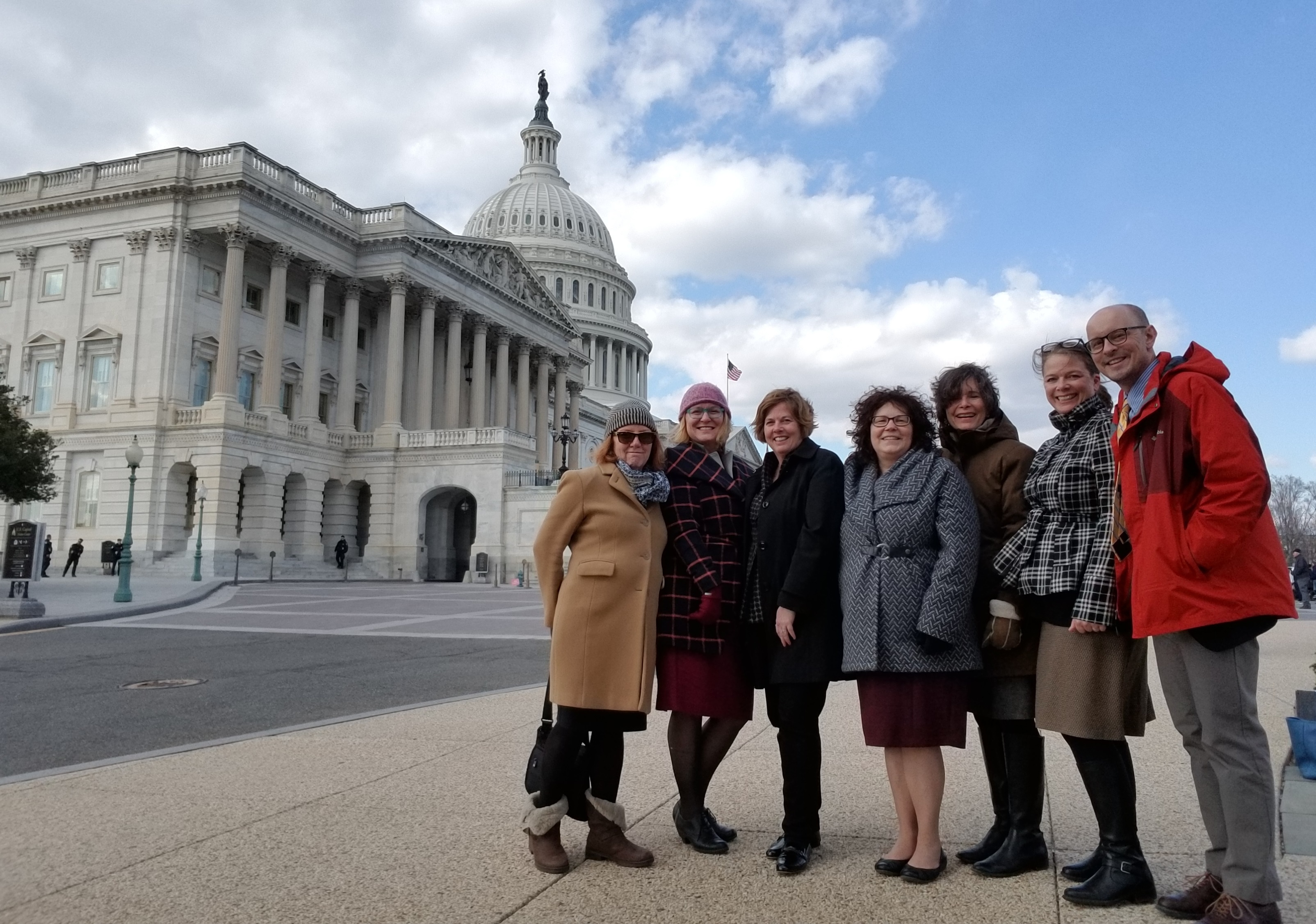
Every year in March, State Historic Preservation offices and preservation advocates from across the country travel to Washington, D.C. for National Historic Preservation Advocacy Week. The Pennsylvania delegation was there to be a part of it.
What is Advocacy Week?
Advocacy Week, as you may recall from this post and this post, is one of big preservation events of the year. Preservation Action and the National Conference of State Historic Preservation Officers (NCSHPO) organize Advocacy Week each year, bringing over 250 preservationists to Washington, DC to promote sound federal preservation policy and programs. The first day of Advocacy Week typically includes in-depth training, policy briefings, and forums from an array of preservation and policy professionals. The second day is when things really start to get fun!

Preservation Advocacy Week logo.
Pennsylvania’s Delegation
This year’s PA SHPO team included me, Andrea MacDonald, and Cory Kegerise. Executive Director Mindy Crawford and Board member Sandy Rosenberg joined us from Preservation PA. Brenda Barrett, a long-time Advocacy Week attendee and editor of the Living Landscape Observer, and Cindy Hamilton, representing the Historic Tax Credit Coalition, also joined the group.

PA’s delegation in March 2018. From left: Brenda Barrett, Andrea MacDonald, Cindy Hamilton, Mindy Crawford, Sandy Rosenberg, me, and Cory Kegerise.
Walking Capitol Hill
The second day of Advocacy Week is devoted to visits with Pennsylvania’s Representatives and Senators. We weren’t quite sure how this year would go given the number of Congressman retiring this year and the uncertainly of the new congressional district map. Divided into three teams, we met with staff from 13 offices (12 Representatives and 1 Senator) and walked miles (not really, but it felt like it!) in the tunnels between the Cannon, Longworth, and Rayburn House Office Buildings and across the Hill to the Russell Senate Office Building.
I am happy to report that all of our visits were a huge success! We had the chance to meet with new staff and old friends to talk about historic preservation and why it matters.
So what happens at these meetings?
The meetings are typically 15 minutes long and can happen anywhere – in a Congressman’s office or the hallway. Our goal is always to create more awareness and, if we’re lucky, a new relationship. We provide a folder of information for the meeting, which includes the “Your Guide to the PA State Historic Preservation Office,” information sheets on preservation programs and issues, and our contact information. This year, we were also able to give the people we met with an on-the-spot thank you card for taking the time to meet with us.
Videos steal the show
One of the ways that we have found to communicate the importance of preservation, especially to the average Joe, is through videos. These steal the show. We can talk about the need to support historic preservation all day long, but these video testimonials bring preservation to life.
PHMC’s video and social media wizard, Sean Adkins, produced three new videos for us this year! You might remember that last year our videos focused on the benefit and necessity of the historic tax credit. In this year’s videos, we wanted to show the broad range of preservation activities that the Historic Preservation Fund supports. Take a look!
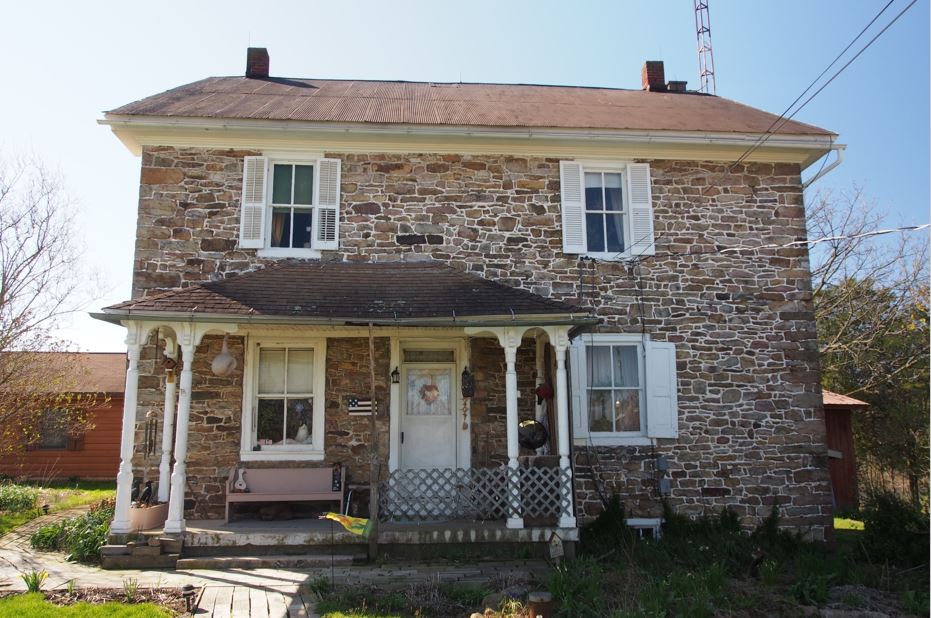
The George Christian and Anna Catherine Spangler Farm in Union County was listed in August 2016.
You can check out the videos through the above links or visit PHMC’s YouTube channel.
Do we make a difference?
Yes. I think our time in Washington networking with other SHPOs and meeting with our federal representatives do make a difference. Congressional staffers hear from people in their districts regularly and it’s important for them to consider us a resource for them and their constituents when preservation issues arise.
© 2025 Pennsylvania Historic Preservation
Theme by Anders Noren — Up ↑
Recent Comments